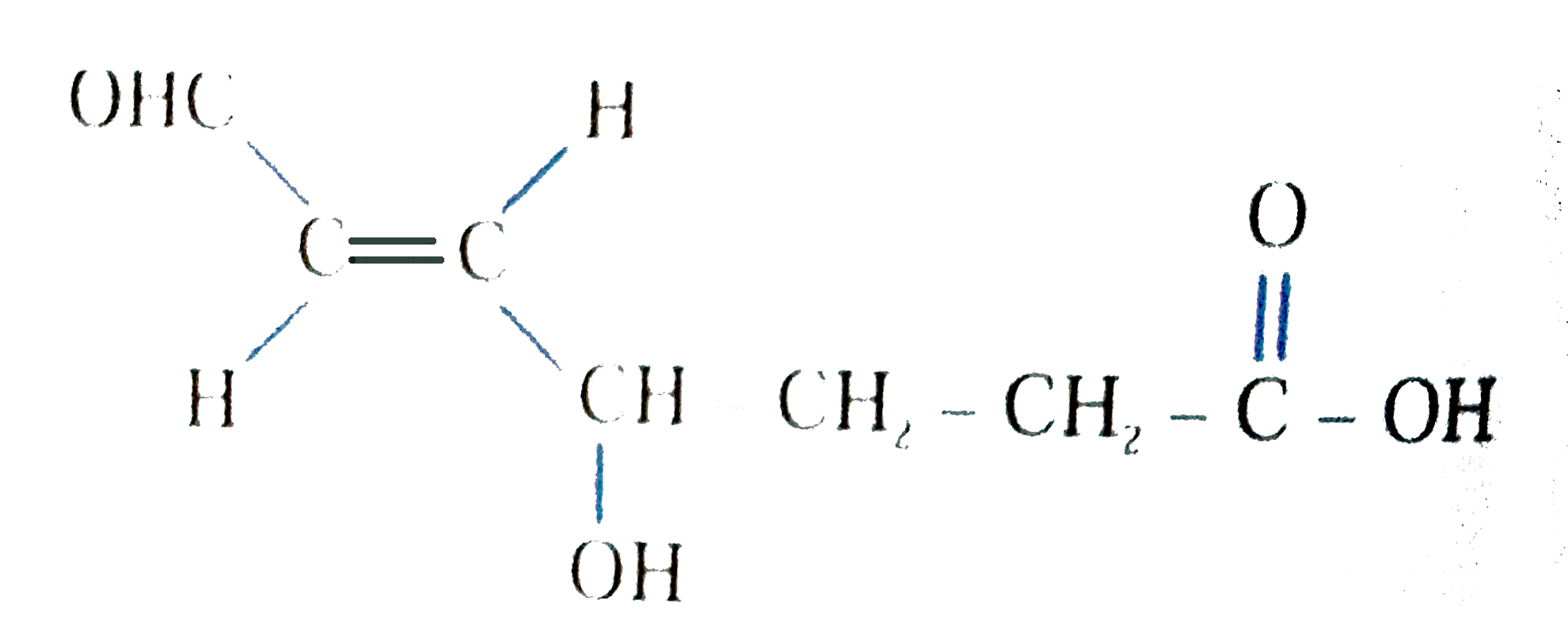Plot the graph of t t1/2 vs concentration for first order and zero order reaction.
To plot the graph of t1/2 (half-life) vs concentration for first-order and zero-order reactions, we first need to derive the expressions for half-life for both types of reactions.
Step 1: Understanding Half-Life for First-Order Reactions
For a first-order reaction, the half-life t1/2 is given by the formula:
t1/2=0.693k
where k is the rate constant. Importantly, the half-life of a first-order reaction is independent of the initial concentration A0. This means that no matter how much of the reactant you start with, the half-life remains constant.
Step 2: Understanding Half-Life for Zero-Order Reactions
For a zero-order reaction, the half-life t1/2 is given by the formula:
t1/2=A02k
In this case, the half-life is directly proportional to the initial concentration A0. This means that as the initial concentration increases, the half-life also increases.
Step 3: Plotting the Graphs
1. For First-Order Reaction:
- On the x-axis, plot the initial concentration A0.
- On the y-axis, plot the half-life t1/2.
- Since t1/2 is constant and does not depend on A0, the graph will be a horizontal line.
2. For Zero-Order Reaction:
- On the x-axis, plot the initial concentration A0.
- On the y-axis, plot the half-life t1/2.
- Since t1/2 increases linearly with A0, the graph will be a straight line with a positive slope.
Summary of Graphs
- First-Order Reaction: Horizontal line (indicating t1/2 is constant).
- Zero-Order Reaction: Straight line with a positive slope (indicating t1/2 increases with A0).
For a first-order reaction, the half-life t1/2 is given by the formula:
t1/2=0.693k
where k is the rate constant. Importantly, the half-life of a first-order reaction is independent of the initial concentration A0. This means that no matter how much of the reactant you start with, the half-life remains constant.
For a zero-order reaction, the half-life t1/2 is given by the formula:
t1/2=A02k
In this case, the half-life is directly proportional to the initial concentration A0. This means that as the initial concentration increases, the half-life also increases.
1. For First-Order Reaction:
- On the x-axis, plot the initial concentration A0.
- On the y-axis, plot the half-life t1/2.
- Since t1/2 is constant and does not depend on A0, the graph will be a horizontal line.
- On the x-axis, plot the initial concentration A0.
- On the y-axis, plot the half-life t1/2.
- Since t1/2 increases linearly with A0, the graph will be a straight line with a positive slope.
- First-Order Reaction: Horizontal line (indicating t1/2 is constant).
- Zero-Order Reaction: Straight line with a positive slope (indicating t1/2 increases with A0).
Topper's Solved these Questions
- CHEMICAL KINETICS BOOK - NARAYNACHAPTER - CHEMICAL KINETICS EXERCISE - CUQ (RATE OF REACTION)
83 Videos
- CHEMICAL KINETICS BOOK - NARAYNACHAPTER - CHEMICAL KINETICS EXERCISE - EXERCISE -1 (C.W) (RATE OF REACTION & FACTORS)
14 Videos
- CHEMICAL KINETICS BOOK - NARAYNACHAPTER - CHEMICAL KINETICS EXERCISE - EVALUATE YOURSELF - 6
4 Videos
- CARBOXYLIC ACIDBOOK - NARAYNACHAPTER - CARBOXYLIC ACIDEXERCISE - All Questions
288 Videos
- CHEMISTRY IN EVERYDAY LIFEBOOK - NARAYNACHAPTER - CHEMISTRY IN EVERYDAY LIFEEXERCISE - ASSERTION & REASON TYPE QUESTIONS
10 Videos
Similar Questions
Under a given set of experiemental condition, with increase in the concentration of the reactants, the reate of a chemical reaction
View SolutionThe rate of a gaseous reaction is given by the expression k [A] [B]. If the volume of the reaction vessel is suddenly reduced to 1/4th of the initial volume, the reaction rate relating to original rate will be
View SolutionThe rate of a chemical reaction generally increases rapidly even for small temperature increases because of a rapid increase in
View SolutionProvide IUPAC name of the compound given below.

View Solution(A) Analgesics bring down body temperature during high fever.
(R ) Tetracyclin is a tranquillizer.
View SolutionIf the graph of concentration of [A] vs T for completion of reaction is a straight line, then the order of reaction is
View SolutionFor a zero order reaction, the plot of concentration of a reactant vs time is (intercept refers to concentration axis)
View SolutionFor a zero order reaction, the plot of concentration of a reactant vs time is (intercept refers to concentration axis)
View SolutionWhich among the following plots are linear (a -x) is the concentration of reactant remaining after time , t (a) (a - x) vs t , for a first order reaction (b) (a - x) vs t , for a zero order reaction (c) (a - x) vs t , for a second order reaction (d) 1/(a - x) vs t , for a second order reaction
View SolutionWhich of the following graphs formed plotted between t_(1//2) and initial concentration (a) represents a zero order reaction ?
View SolutionIn a first order reaction the graph between t_(1//2) and concentration is.
View SolutionFor a zero order reaction, the initial concentration of the reactant =[A]0 and after time 't' from the initiation of the reaction, the concentration =[A] . What will be the nature of the graph of '[A]' vs 't,
View Solutionplot a graph of reaction -rate vs concentration of the reactant for a fist order reaction.
View SolutionIn a first order reaction , on plotting a graph between t_(1//2) and concentration of reactant
View SolutionFor a first order reaction, the plot of log[A]_(t)vs t is linear with a
View Solution
